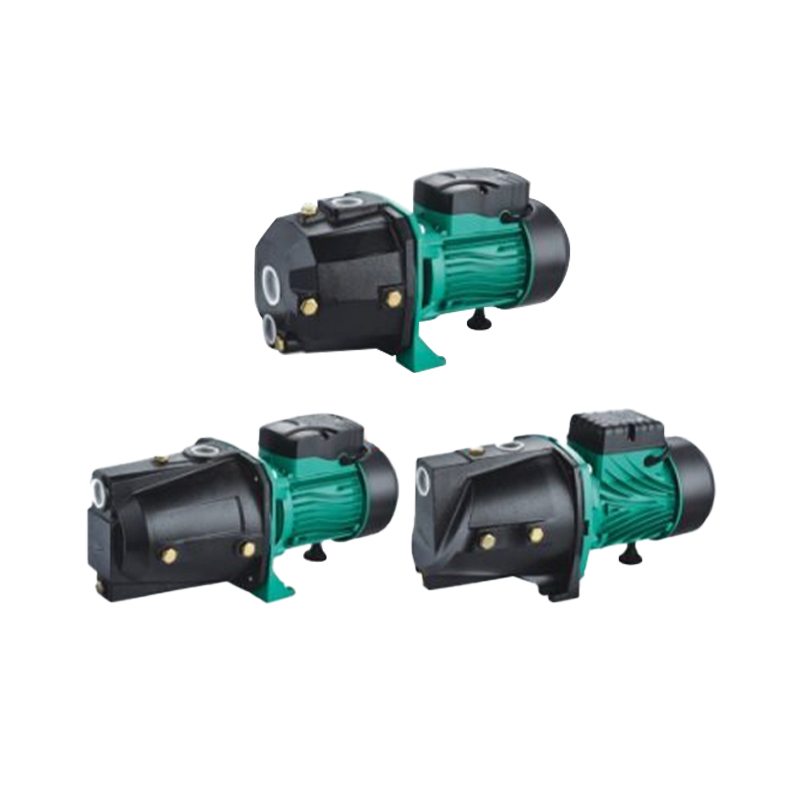QD Multi-Stage Robust Submersible Pump for Agriculture and Mining
The Multi-Stage Robust Submersible Pump is a versatile and reliable so...

In many pumping applications, particularly those with seasonal or intermittent operation, system readiness and reliability are essential. Pumps used in such conditions often sit idle for extended periods, and restarting them without complications is a critical requirement. This is where self-priming technology proves highly valuable. Systems such as the self priming jet pump, self priming transfer pump, and self priming sewage pump are specifically designed to overcome challenges associated with air in the suction line, allowing them to begin pumping fluid without manual priming after being shut down.
A self priming jet pump is commonly used in water supply for rural homes, garden irrigation, and shallow wells. These pumps use a jet mechanism to draw water into the system and have the added ability to re-prime automatically after air enters the suction pipe. In seasonal environments where water use may be limited to specific months, such as in summer homes or agricultural fields, the self priming jet pump can be left dormant and later restarted without requiring time-consuming manual priming. This saves labor and ensures that water is available when needed, even if the system has been idle for a long period.
The self priming transfer pump is widely used in light industrial, commercial, and construction settings where fluid needs to be moved from one location to another. In applications such as draining temporary tanks, transferring water at construction sites, or filling storage vessels during specific seasons, the self priming transfer pump provides convenience and flexibility. It can quickly resume operation after shutdowns, making it highly suited for on-demand tasks. Since these pumps are capable of handling air pockets, they reduce delays during restart, especially in mobile setups where consistent suction conditions may not be guaranteed.
For more demanding tasks, such as handling wastewater, the self priming sewage pump is designed to manage solid-laden liquids and dirty water commonly found in sanitation systems. Seasonal campgrounds, outdoor festivals, and temporary housing setups often rely on such pumps to handle waste during peak usage periods. When not in use, these systems can be stored or shut down without extensive maintenance. When needed again, the self priming sewage pump can resume operation with minimal preparation, which is critical in environments where sanitation must be restored quickly and efficiently.
One of the key benefits across all self-priming pump types is their ability to operate above the fluid source. This makes them suitable for installations where the pump cannot be submerged or placed directly at the fluid level. This configuration not only simplifies maintenance and accessibility but also supports their use in temporary setups where ease of relocation matters.
Another practical aspect is the reduced risk of pump damage caused by dry starts. While traditional pumps require manual priming to prevent running dry, a self priming jet pump, self priming transfer pump, or self priming sewage pump can re-establish the prime after air has entered the system. This feature helps prolong equipment life and ensures consistent performance, even in non-continuous operations.
For applications that do not require continuous operation, such as seasonal irrigation, temporary fluid transfer, or intermittent waste management, pumps equipped with self-priming technology provide significant advantages. The self priming jet pump, self priming transfer pump, and self priming sewage pump each offer convenience, ease of use, and reduced maintenance, making them suitable choices for environments where reliability after downtime is essential.